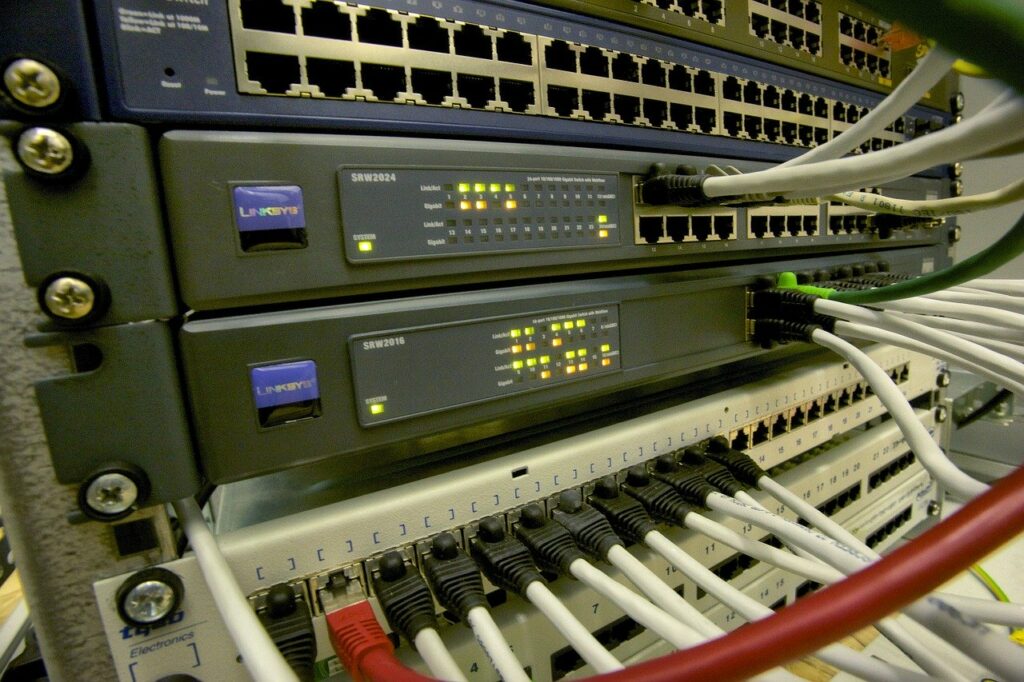Switches are the foundation of most business networks. A switch acts as a controller, connecting computers, printers, and servers to a network in a building or a campus.
Switches allow devices on your network to communicate with each other, as well as with other networks, creating a network of shared resources. Through information sharing and resource allocation, switches save money and increase productivity.

When building a small office network, it’s important to determine the best foundation for your company’s needs. The following tips should help you get started.
- Invest in business-grade switches and routers for reliable communications. Consumer or home networking products can’t keep pace with the challenges of business growth.
- Invest in a network that can grow over time, so you can add features and functionality as needed. Additions to consider include video surveillance, Voice over Internet Protocol (VoIP), integrated messaging, and wireless applications.
- Make sure your switches and routers are easy to install, use, and manage. Example: Switches with PoE (power over ethernet) allow you to place equipment, such as wireless access points, anywhere there’s a network wall jack. You’ll be spared the trouble and expense of installing additional electrical outlets or wires to power the devices.
- Make sure your network is designed with reliability and redundancy in mind. This provides the business continuity you’ll need to bounce back quickly from unforeseen circumstances.

